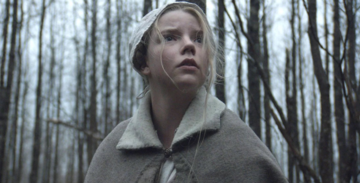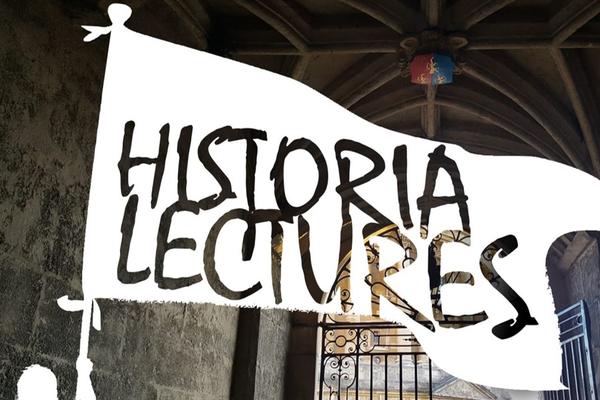Fear, Fantasy, and Forests: Imagining the World of Witchcraft using the 2015 Horror Film, 'The Witch'

Robert Eggers’s 2015 horror masterpiece The Witch: A New England Folktale has all of the trademarks we expect of a story about witchcraft: a God-fearing family of the 1630s, shunned to live on the edge of a dark forest in the New England wilderness, tempted by the Devil, and terrorized by a horrifying and decrepit witch. The movie was a critical success with many critics praising the film as deeply atmospheric and unsettling, leaving the viewer with an unshakeable sense of fear and unease. Many viewers, after decades of jump-scare and gore-focused horror, were left to question why a movie that had so few of these traits was able to scare them so deeply. We can only begin answering this question by looking back hundreds of years to the early modern period, when the fear of witchcraft blended fantasy and reality over five hundred years before Eggers’s The Witch began terrifying audiences around the world.
Witchcraft, as it was understood by people beginning in the last decades of the fifteenth century was the result of a pact made between an individual and the Devil, and through his power were able to perform maleficia, or black magic. Witchcraft was blamed for a wide variety of real world tragedies, from crop-destroying storms, to the death of infants, to sexual impotence, all phenomena that could not be explained by common people living in the early modern period. Throughout this era, approximately 90,000 people were placed on trial for witchcraft across the European continent and in European colonies in the Americas, with 45,000 of these trials resulting in execution. While anybody could be accused of witchcraft, regional variations on concepts of witchcraft were extensive. Some areas such Russia placed mostly men on trial, others such as Italy were evenly split between men and women, and in the Basque region of France, teenaged girls were the most common targets of witchcraft accusations. However, in the lands we now call Germany and Switzerland, where over half of all witchcraft cases were tried, the overwhelming majority of people placed on trial for witchcraft were women, ranging from their middle age into their senior years. As a result of societal expectations about what a witch should look like and act like, more ageing women were placed on trial for witchcraft, feeding the stereotype and constructing a vicious cycle of fantasy and accusations. This image of the witch translated into the art of the early modern period, in which the old, naked, and ugly hag permeated etchings and paintings of the era. These pieces of art have transformed our idea of witchcraft and fear, lasting through the centuries. Robert Eggers’s witch is simply a continuation of this representation.
While the image of the witch has been the studied by many historians, my work takes a different approach. Instead of looking at Egger’s witch, my interests lie in the dark and discomforting forest that surrounds the family and lends the film its eerie and uncomfortable atmosphere. Through my research, I examine the landscapes that were associated with witchcraft to understand how people living in the early modern period viewed the world around them. More specifically, I am looking at the places tied to the concept of the witches’ sabbath, the secret nocturnal gathering of witches filled with dancing, desecration, and demonic sex. I focus on three case studies of the witch trials that feature the witches’ sabbath: Zug in Switzerland, Bamberg in Germany, and the Pays de Labourd region of France. My research so far has found patterns that tie specific locations to the sabbath, often at the margins of society where the boundaries between human and nature, secular and spiritual blur. The forest in the film follows this tradition, as forests in the early modern period were treated as dark and mysterious, sites where unwitting ordinary people could stumble upon the witches’ sabbath and where witches could plot the downfall of Christian society, illustrating the wary fears that people had toward these spaces. However, forests were not the only locations tied to the sabbath. Mountains, crossroads, and ruins were also associated with the sabbath, as these were often locations that represented the unknown and all of the anxieties associated with it. By examining primary sources tied to the witch trials, we as historians are better able to understand how people from all rungs of the social ladder viewed and interacted with the world around them by exploring the sites of fear and fantasy that they associated with witchcraft and the sabbath. By capitalizing on these spatial anxieties, Robert Eggers was able to craft a film that used ancient fears and societal expectations of witchcraft and the world in which it was set to scare audiences in the modern age.
-- Aaron Larsen




